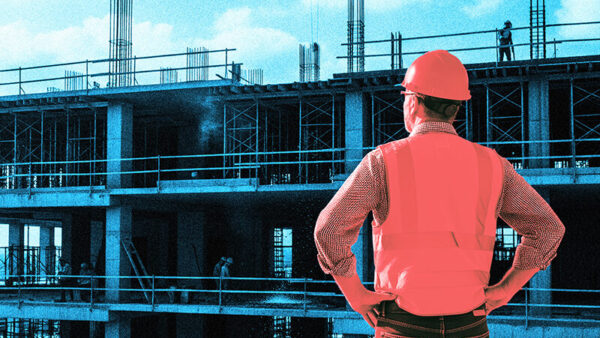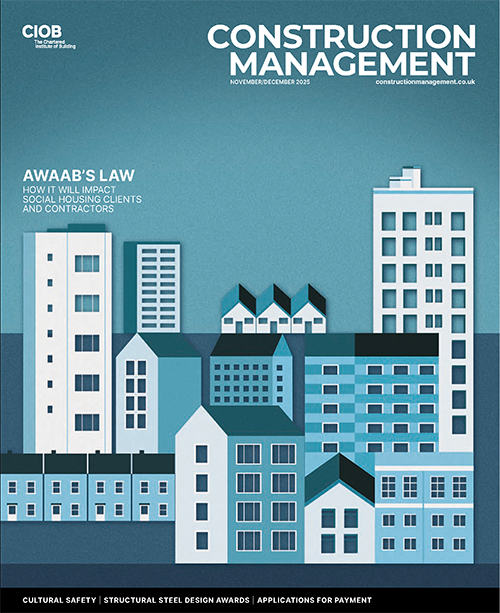
This month’s question comes from a council liaising with a PFI consortium over a schools handback when the contract ends. Steven Carey and Amelia Hamilton explain the pitfalls to beware of.
The question
We are a local authority responsible for a number of schools in our area. The PFI contracts for some schools are due to expire over the next few years and we are liaising with the private firm regarding handback. What are the key difficulties we should be aware of and what can we do to manage these issues?
The answer
The private finance initiative (PFI) has played a pivotal role in the development of public infrastructure in the UK since the 1990s, enabling the delivery of essential services through partnerships between the public and private sectors.
These contracts typically span 25 to 30 years, during which the private sector is responsible for the design, construction, financing and operation of public facilities. At the end of the term the assets are handed back to the public sector. It is estimated that over the next decade around 400 PFI contracts will come to an end. The handback procedures need to be understood and require careful navigation.
Key challenges
One of the foremost challenges in the handback process is ensuring that the asset is returned in the condition specified in the contract. Over the contract term, maintenance practices and standards may have varied, leading to potential discrepancies between the expected and actual condition of the asset.
PFI contracts are inherently complex, with detailed provisions regarding maintenance, performance standards and handback conditions. Interpreting these terms at the end of the contract can be contentious, particularly if there have been changes in regulations or service delivery expectations. Disagreements over the interpretation of contractual obligations can lead to disputes and delays in the handback process.
As private firms have dealt with the delivery and operations of public facilities, the public sector may not presently have the skills properly to reintegrate and manage the assets.
The financial aspects of handback are a significant concern for both parties. Determining liability for any required repairs or upgrades can be contentious, particularly if there are disagreements over the condition of the asset and/or to what condition the asset needs to be returned in.
Effective handback requires coordination among a diverse range of stakeholders, including public authorities, private operators and service users. Aligning these interests and ensuring transparent communication is crucial to avoid misunderstandings and facilitate a smooth transition.
Over the life of a PFI contract, there may be significant changes in regulatory and policy frameworks that impact the handback process. These changes can necessitate adjustments to compliance measures.
Strategies for managing handback
The handback process should start in advance of the contract end date. The Infrastructure Projects Authority (IPA) recommends starting at least seven years before the contract end date, although it is doubted whether in practice this is often achieved. Nevertheless, early engagement is key to identifying potential issues and the development of a comprehensive handback strategy.
A thorough review of the contractual provisions to understand requirements such as asset condition benchmarks and maintenance obligations is advised. Identifying compliance gaps or ambiguities early can prevent disputes and costly rectifications.
Building the capacity of public sector teams to manage the handback process is crucial. Training programmes can enhance understanding of contract terms and asset management, ensuring that public authorities are well prepared to take over the asset. Unless the public sector fully knows what it is going to have to do efficiently to manage the asset it cannot properly train its teams.
Condition surveys
Conducting thorough condition surveys and audits of the asset is crucial to provide an objective basis for negotiations. These assessments help identify any discrepancies between the current state of the asset and the contractual requirements.
Engaging independent experts can ensure impartiality and provide a solid foundation for resolving disputes. The surveys need to be a collaborative effort between public and private. A survey by one party only often leads to predictable problems. Allow adequate time for the surveys.
Maintaining clear and consistent communication between all parties is vital to facilitate a smooth handback process. Documenting all agreements, inspections and decisions provides a reference point for resolving disputes and ensures transparency throughout the process.
Establishing effective dispute resolution mechanisms is important to address disagreements that may arise during the handback process. Mediation or arbitration can offer a structured approach to resolving conflicts without resorting to litigation, helping to maintain positive relationships between parties.
Challenges and opportunities
The end of life and handback of PFI contracts present significant challenges but also opportunities for public authorities to secure valuable assets for future service delivery.
By adopting proactive strategies, engaging stakeholders effectively, and maintaining a focus on clear communication and flexibility, both public and private sector parties can navigate the complexities of the handback process successfully.
As more PFI contracts reach their conclusion, the lessons learned from these negotiations will be invaluable in shaping future public-private partnerships and infrastructure development strategies.
Steven Carey is a partner and Amelia Hamilton is an associate at Charles Russell Speechlys.
Comments
Comments are closed.












Aligned with reviewing any and all ‘Return Condition’ provisions in the contract and conducting the pre-handover survey (“Key challenges” above, you should expect to see residual inventory requirements and the records relating to planned and preventative maintenance activity that has been conducted. Significant risks to the Owner (and any follow-on contractor) at handover include the obligations and rights (if any) to existing stock/spares and parts etc., as well any major equipment overhaul, capital equipment lifespan replacement and potential (or actual) obsolescence at, or soon after, contract expiry.
The question doesn’t specifically present the issue, but another aspect of some PFI contract handover obligations may include the application of TUPE provisions.